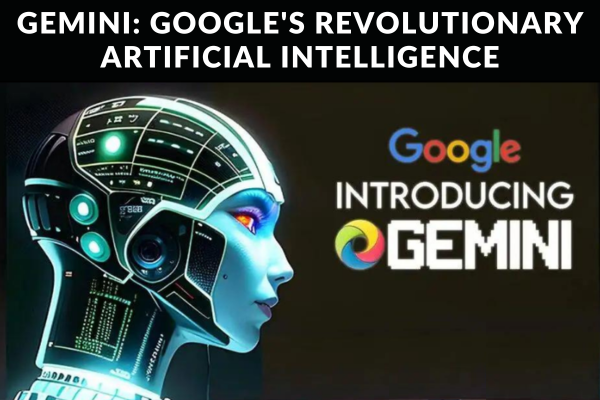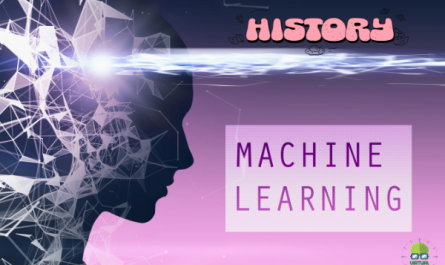In the dynamic world of technology, artificial intelligence (AI) is a rapidly growing and constantly innovating field. Google, as one of the leaders in this area, has introduced an advanced AI tool named Gemini. This platform represents a qualitative leap compared to its predecessor, Bart, and promises to change the way we interact with AI. In this article, we will delve deeply into the features, functionalities, and potential of Gemini in the current technological landscape.
Table of Contents
The Transformation of Google in AI: From Bard to Gemini
The Origin and Evolution
Last summer, Google launched Bart, an initial tool in its foray into AI. Although Bart showed promising capabilities, the company did not stop there. With the introduction of Gemini, Google has redesigned and significantly improved its AI offering, providing a more robust and refined experience to users.
Access and Availability
To access Gemini, users need a Google account, similar to those required for other company services. This tool is available through two main interfaces: a web interface and a mobile application, each with its features and advantages.
The Web Interface
Gemini’s web interface is an easily accessible platform from any browser. Once users log in with their Google account, they find an intuitive page that offers suggestions and examples for interacting with the AI. This interface allows queries through text, images, and voice commands, providing remarkable flexibility in how to interact with the tool.
The Mobile Application
Currently, the mobile application of Gemini has limited availability, with primary access in the United States. However, Google is expected to gradually expand its availability worldwide. The mobile app offers deeper integration with Google services and devices, including synchronization with the Google assistant, allowing for more fluid and personalized interaction.

Exploring the Capabilities of Gemini
Versatility in Everyday Tasks
Gemini stands out for its ability to assist in a variety of daily tasks. From helping draft emails to providing detailed cooking recipes, Gemini demonstrates its versatility and usefulness in multiple contexts. The platform can generate complete texts, offering suggestions and structures for different types of communications, whether in a professional or personal context.
Interactivity and Feedback
One of Gemini’s most prominent features is its interactive feedback system. Users can rate responses through ‘thumbs up’ or ‘thumbs down’ icons, thereby contributing to the continuous improvement of the AI algorithm. Additionally, Gemini verifies and displays the sources of its information, adding a level of transparency and reliability to its responses.
Limitations and Precautions
Despite its numerous functionalities, Gemini still faces certain limitations. For example, it currently cannot generate images, although it can analyze and identify elements in images provided by users. It’s crucial to remember that, like any AI tool, Gemini is not infallible. It can make mistakes or provide inaccurate information, so it’s always recommended to verify sources and use the tool as a complement, not as a sole source of information.
Google’s Gemini represents a significant milestone in the field of artificial intelligence. With its capacity to handle a wide range of tasks and its enhanced interaction, this tool promises to be a valuable asset for both individual users and businesses. As Google continues to expand and refine Gemini, it is exciting to anticipate how this tool might evolve and further transform our interaction with technology and information. AI is constantly evolving, and Gemini is a clear example of how current innovations are forging the future of intelligent technology.




